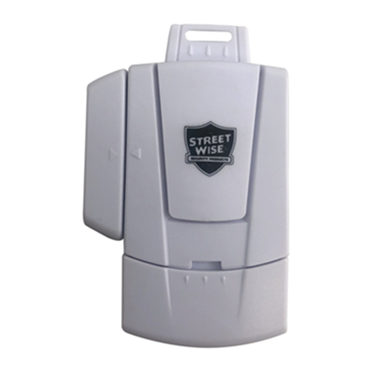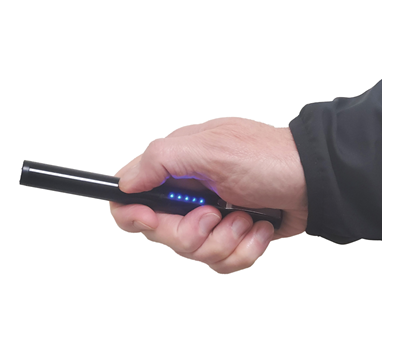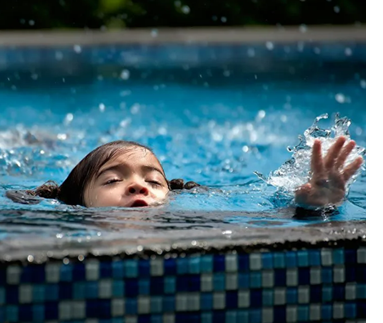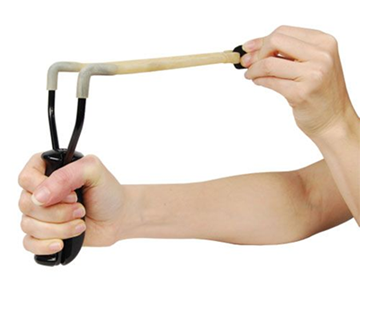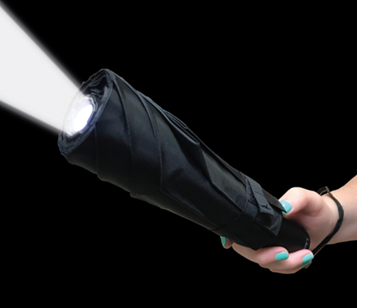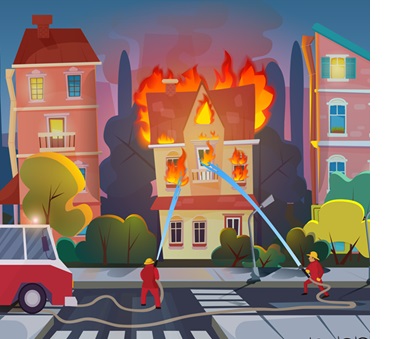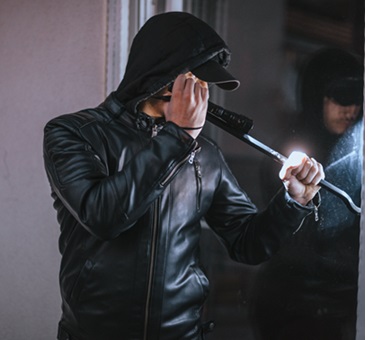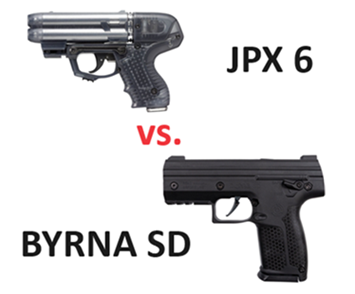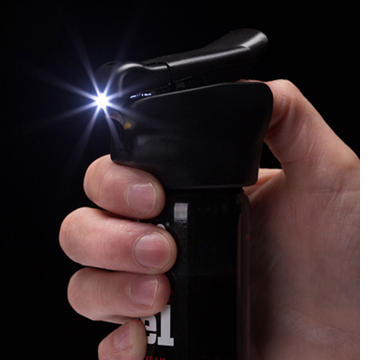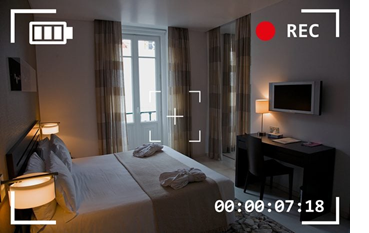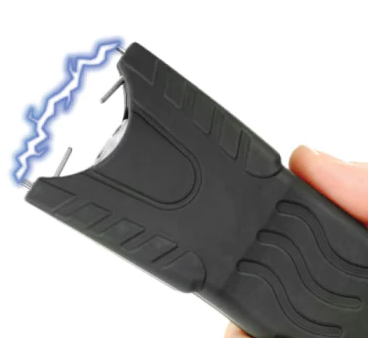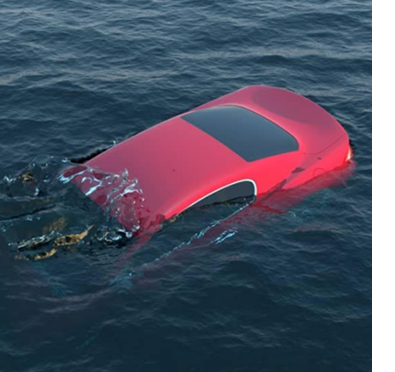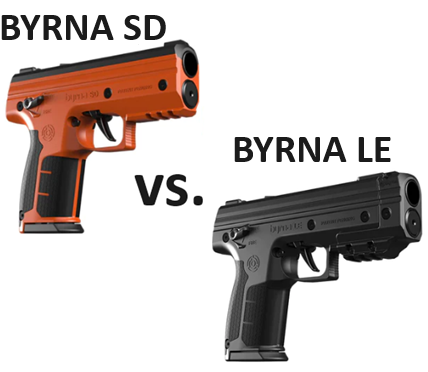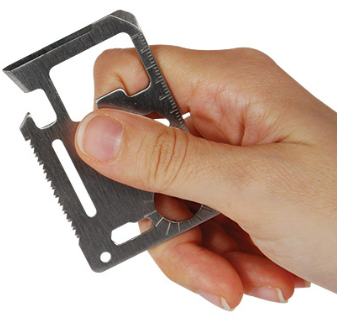What are the Different Types of Optics Equipment for Aiming and Viewing?
 Optics can be a confusing subject for those unfamiliar with the various types of equipment available. In this blog post, we'll take a look at some of the most common types of optics equipment, including scopes, electronic sights, cameras, viewing devices, mounting options, and accessories.
Optics can be a confusing subject for those unfamiliar with the various types of equipment available. In this blog post, we'll take a look at some of the most common types of optics equipment, including scopes, electronic sights, cameras, viewing devices, mounting options, and accessories.
A - Scopes: Riflescopes
A riflescope is a type of optical device that is attached to a rifle and used to improve accuracy when shooting at long distances. Riflescopes typically have a magnifying lens and crosshairs or reticles to help the shooter aim at the target. There are many different types of riflescopes available, including variable scopes, which allow the shooter to adjust the magnification, and fixed scopes, which have a fixed magnification.
B - Electronic Sights: Holographic, Laser, Reflex, Tube Style
Electronic sights, also known as red dot sights, are a type of optics equipment that projects a dot or reticle onto a glass lens, allowing the shooter to aim more accurately. These sights are becoming increasingly popular among hunters, target shooters, and law enforcement officers, as they can significantly improve accuracy and speed up target acquisition. In this blog post, we'll take a look at four types of electronic sights: holographic, laser, reflex, and tube style.
Holographic Sights
Holographic sights use holographic technology to project the dot or reticle onto the glass lens of the sight. This allows the shooter to see the dot or reticle superimposed on the target, making it easy to aim accurately. Holographic sights are often preferred by competitive shooters, as they provide a clear and unobstructed view of the target.
Laser Sights
Laser sights use a laser to project a dot or reticle onto the target, allowing the shooter to aim more accurately. These sights are often mounted on the rail of a handgun or rifle and can be activated by pressing a button or switch. Laser sights are especially useful for close-range shooting, as they allow the shooter to aim quickly and accurately without having to align the front and rear sights of the firearm.
Reflex Sights
Reflex sights, also known as reflex optics or dot sights, use a red dot reticle that is reflected off a mirror onto the glass lens of the sight. This allows the shooter to see the dot or reticle superimposed on the target, making it easy to aim accurately. Reflex sights are often preferred by competitive shooters and law enforcement officers, as they provide a clear and unobstructed view of the target.
Tube Style Sights
Tube-style sights use a tube to project the dot or reticle onto the glass lens of the sight. These sights are often mounted on the rail of a handgun or rifle and can be adjusted for windage and elevation. Tube-style sights are often preferred by hunters and tactical shooters, as they provide a more robust and durable option for long-range shooting.
C - Cameras: Trail Cameras
Trail cameras are a type of optics equipment that is used to capture images or video of wildlife or other objects in their natural habitat. These cameras are typically mounted on a tree or other stationary object and triggered by motion or heat sensors. Trail cameras are often used by hunters, wildlife photographers, and nature enthusiasts to observe and study animals in their natural environment.
D - Viewing: Binoculars, Monoculars, Rangefinders, Spotting Scopes
There are many different types of optics equipment available for viewing objects at a distance, including binoculars, monoculars, rangefinders, and spotting scopes.
Binoculars
Binoculars are a type of viewing device that uses two telescopes to provide a three-dimensional view of an object. These devices are often used by birdwatchers, hunters, and nature enthusiasts to observe and study animals in their natural environment. Binoculars are typically more bulky and heavy than monoculars, but they provide a wider field of view and allow the user to see in stereo.
Monoculars
Monoculars are similar to binoculars, but they only have one telescope and are typically smaller and lighter. These devices are often used by hikers, birdwatchers, and hunters to observe distant objects in greater detail. Monoculars are more portable than binoculars and can be carried in a pocket or purse, making them a convenient choice for outdoor activities.
Rangefinders
Rangefinders are a type of optics equipment that uses lasers to measure the distance to an object. These devices are often used by golfers to measure the distance to the green, but they are also used by hunters, hikers, and other outdoor enthusiasts to measure the distance to a target or other object. Rangefinders typically have a built-in display that shows the distance to the target in yards or meters.
Spotting Scopes
Spotting scopes are a type of telescope that is designed for long-range observation and are often used by birdwatchers and hunters. These devices are typically mounted on a tripod and have a higher magnification than binoculars, making them ideal for observing distant objects in greater detail. Spotting scopes are typically more bulky and heavy than binoculars, but they provide a higher level of image clarity and are ideal for extended periods of observation.
E - Mounting: All-in-One Bases Rings
Optics equipment, such as riflescopes, electronic sights, and spotting scopes, often requires a mounting system to secure the device to the rifle or other equipment. All-in-one bases and rings are a type of mounting system that includes both the base and the rings in a single unit, making it easy to install the optics equipment onto the rifle.
F - Accessories: Covers, Shades, Tripods
There are many accessories available for optics equipment, including covers and shades to protect the lenses from the elements, and tripods to help stabilize the device for extended periods of observation.
Covers
Optics covers, also known as lens caps or objective caps, are designed to protect the lenses of your optics equipment from dirt, dust, and other debris. These covers are typically made of durable material, such as rubber or neoprene, and are designed to fit snugly over the lenses of your optics equipment. Covers are an inexpensive and easy way to protect your gear and help ensure that it stays in top condition.
Shades
Optics shades, also known as sunshades or lens shades, are designed to protect the lenses of your optics equipment from glare and other adverse lighting conditions. These shades are typically made of durable material, such as aluminum or polymer, and are designed to fit over the front of the objective lens of your optics equipment. Shades are especially useful for hunting, shooting, and other outdoor activities, as they can help reduce glare and improve image clarity.
Tripods
Optics tripods are designed to provide a stable platform for your optics equipment, making it easier to hold steady for extended periods of observation. These tripods are typically made of lightweight and durable material, such as aluminum or carbon fiber, and are adjustable to accommodate different heights and angles. Tripods are especially useful for spotting scopes and other large optics equipment, as they can help reduce handshake and improve image clarity.
G - Miscellaneous: Boresighters, Magnifiers, Night Vision, Thermal Imaging
Boresighters
A boresighter is a tool that is used to align the barrel of a rifle with the scope. This is especially important for long-range shooting, as even a small misalignment between the barrel and the scope can result in significant errors in shot placement. Boresighters are typically inserted into the barrel of the rifle and used to project a laser or other reference point onto a target. The shooter can then adjust the scope to align with the reference point, ensuring that the rifle is properly zeroed.
Magnifiers
Magnifiers are a type of optics equipment that is used to increase the magnification of a scope or other viewing device. These devices are typically mounted behind the eyepiece of the scope and use lenses to increase the magnification of the image. Magnifiers are often used in combination with red dot sights or holographic sights to provide a more detailed view of the target.
Night Vision Devices
Night vision devices are a type of optics equipment that uses specialized optics to amplify available light and allow the user to see in low light conditions. These devices can be used for a variety of purposes, including military and law enforcement operations, hunting, and surveillance. There are several types of night vision devices available, including passive night vision devices, which rely on ambient light, and active night vision devices, which use a built-in infrared illuminator to provide additional light.
Thermal Imaging Cameras
Thermal imaging cameras are a type of optics equipment that uses specialized sensors to detect and display differences in temperature. These cameras can be used to see through fog, smoke, and other obscurants, making them useful for a variety of applications, including military operations, search and rescue, and building inspections. Thermal imaging cameras are often mounted on drones or other platforms to provide a bird's eye view of the area being monitored.

